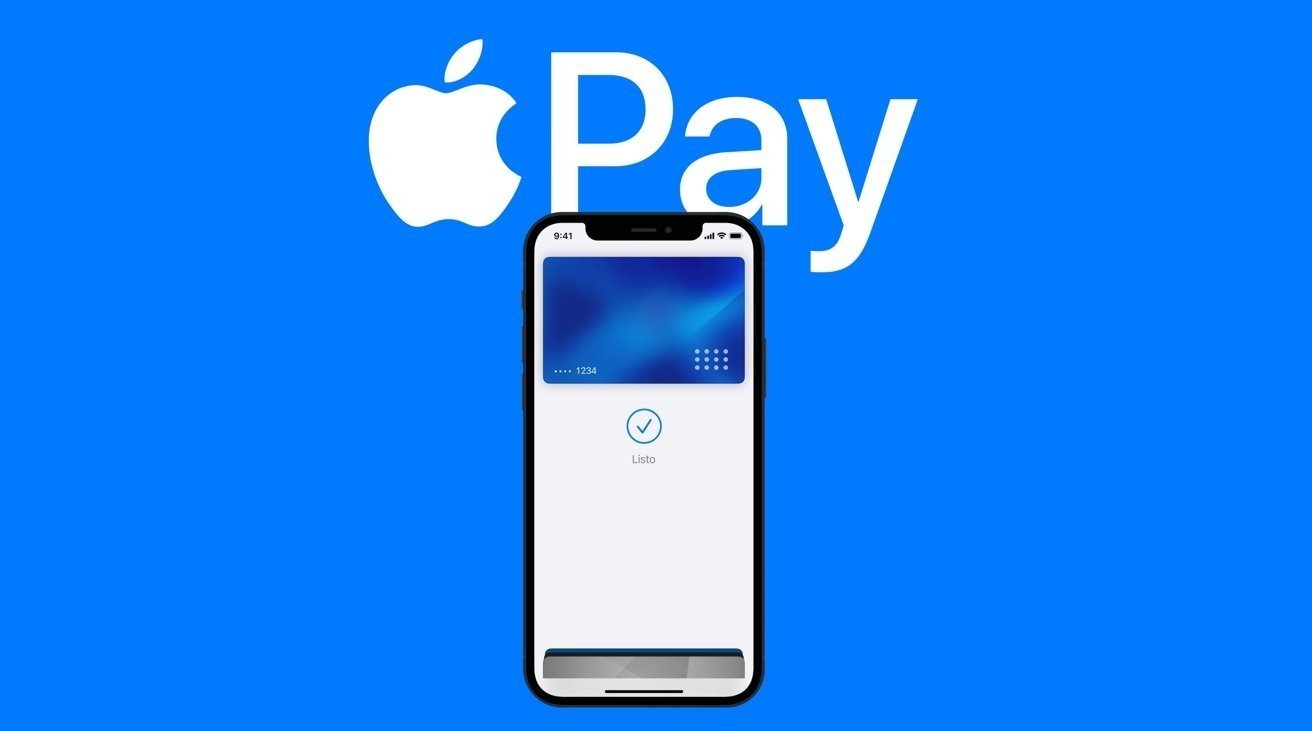The quantum threat to Bitcoin is real — but fear isn’t the answer.
Here’s what post-quantum security actually looks like and what blockchain developers must build now to stay ahead.
This piece is a direct follow-up to my previous article: The Day Bitcoin Breaks: What Happens When China or Russia Crack the Blockchain First. It was sparked by a comment asking the right question: “So what do we actually do about it?
Let’s dig in.
🧨 First — What’s Actually at Risk?
If a hostile state achieves fault-tolerant quantum computing before Bitcoin adapts, they won’t attack the consensus mechanism.
- They’ll target your keys.
Bitcoin’s ECDSA signature scheme is vulnerable to Shor’s algorithm, which could allow quantum attackers to recover private keys from exposed public keys.
And the moment that happens, it’s game over for any address that’s ever signed a transaction.
No hacks. No exploits. Just physics.
🔐 What Post-Quantum Safety Actually Means
To survive, blockchains need to migrate to quantum-resistant signature schemes — cryptography that remains secure even under quantum attack.
Thankfully, the research is already done.
The NIST Post-Quantum Cryptography Standardization process has selected the leading contenders — all designed to replace signature algorithms like ECDSA before they break.
🧬 The Leading Candidates: NIST-Approved PQC Schemes
- Dilithium
- Lattice-based
- Fast verification, compact signatures
- Now, a NIST standard
- Good for general-purpose blockchain adoption
2. Falcon
- Lattice-based, optimized for constrained devices
- Smaller signature sizes
- More complex implementation
3. SPHINCS+
- Hash-based
- Extremely secure, but large and slow
- Ideal as a fallback in ultra-high-security environments
🛡️ It’s Not Just Bitcoin That Breaks
When quantum computing reaches the threshold to break ECDSA, it doesn’t just threaten Bitcoin — it threatens everything that relies on digital signatures.
That includes:
- Bank transfers
- Secure messaging apps like Signal or WhatsApp
- Software update validation (code signing)
- Identity systems, passports, and digital IDs
- TLS/SSL encryption — the very foundation of HTTPS
- Voting systems and credential platforms
- Even state-level security clearances
If it’s digitally signed, it’s quantum-exploitable.
The moment a quantum machine can reverse cryptographic signatures, the integrity of global digital infrastructure collapses — not just in crypto, but in finance, governance, and communications.
That’s why this isn’t just a “crypto issue.” It’s a full-spectrum systems-level risk.
And ironically, blockchains may be more exposed than traditional systems — because public keys are often broadcast in the open, permanently recorded, and rarely rotated.
Which means the first targets are likely already indexed.
🧠 Why Haven’t We Switched Yet?
The delay isn’t due to denial — it’s due to friction.
1. Legacy Lock-In
Existing wallets are locked to ECDSA. Migration requires coordination across billions of assets.
2. Performance Tradeoffs
PQC schemes are larger and slower. Not ideal for chains with fee sensitivity or tight blockspace.
3. Poor Wallet UX
Most wallets aren’t built for key rotation or signature upgrades.
4. Governance Lag
Protocols like Bitcoin are hard to change by design — and rightly so. But that means slow cryptographic evolution.
🧰 What Developers and Protocol Architects Should Be Doing Now
This is where theory turns into responsibility.
If you’re building infrastructure, here’s your minimum checklist:
- Integrate PQC-compatible signature support (dual-signature logic is key)
- Launch PQC testnets or modules in L2s and rollups
- Design wallet UX for key rotation — don’t rely on user initiative
- Abstract signature schemes in validator logic to enable swaps
- Publish a quantum roadmap — security is also a messaging issue
🧭 The Ronnie Huss POV
Quantum computing won’t kill Bitcoin.
But it will kill complacency.
I work across tokenized infrastructure, AI-native SaaS, and next-gen security systems — and if there’s one constant, it’s this:
Resilient systems aren’t perfect.
They’re upgradeable.
That’s what post-quantum security is really about.
Not fear — design for adaptability.
Final Word: Panic Isn’t a Plan
Yes, the quantum threat is real.
But we don’t need to fear it — we need to build forward.
The chains that prepare now won’t just survive.
They’ll lead the next era of secure, sovereign, and scalable value.










